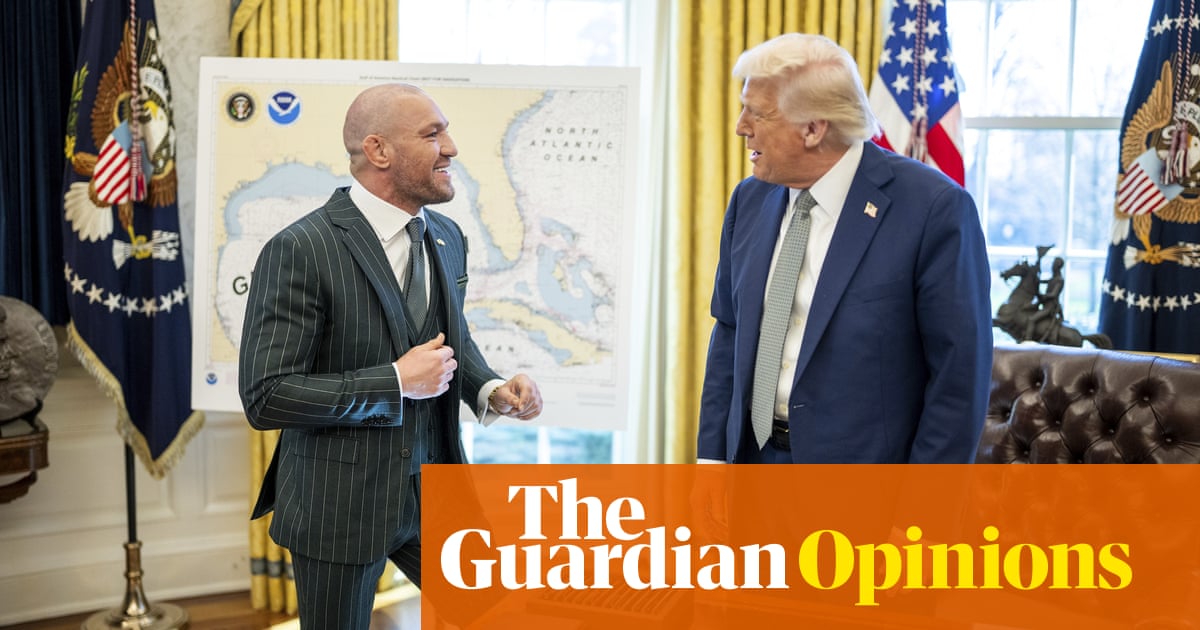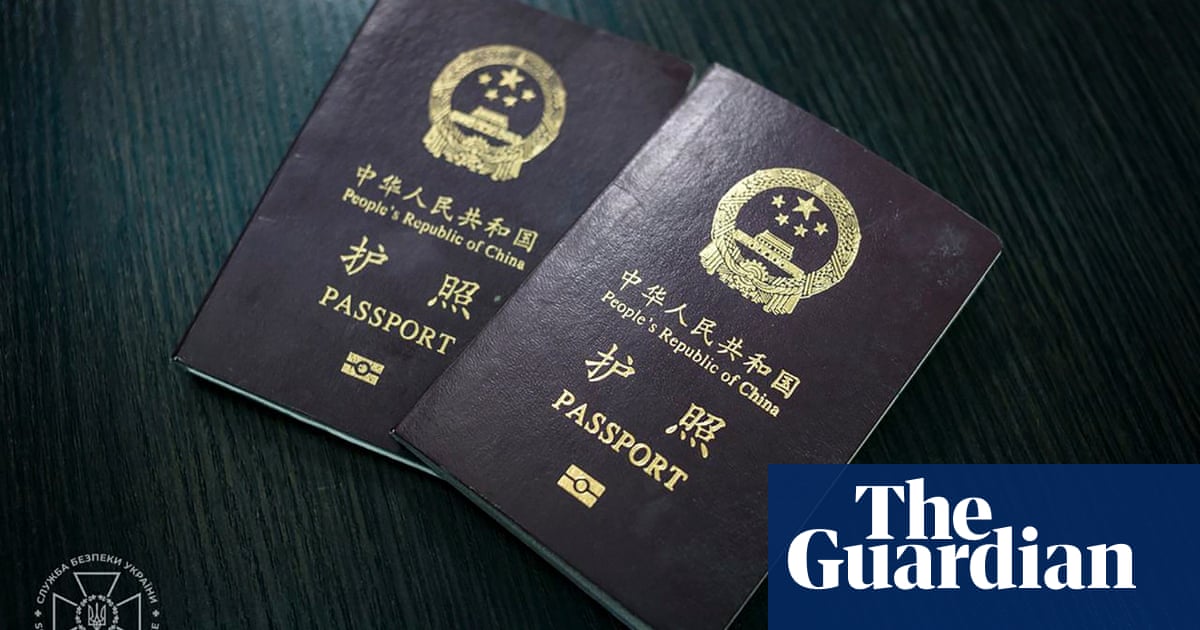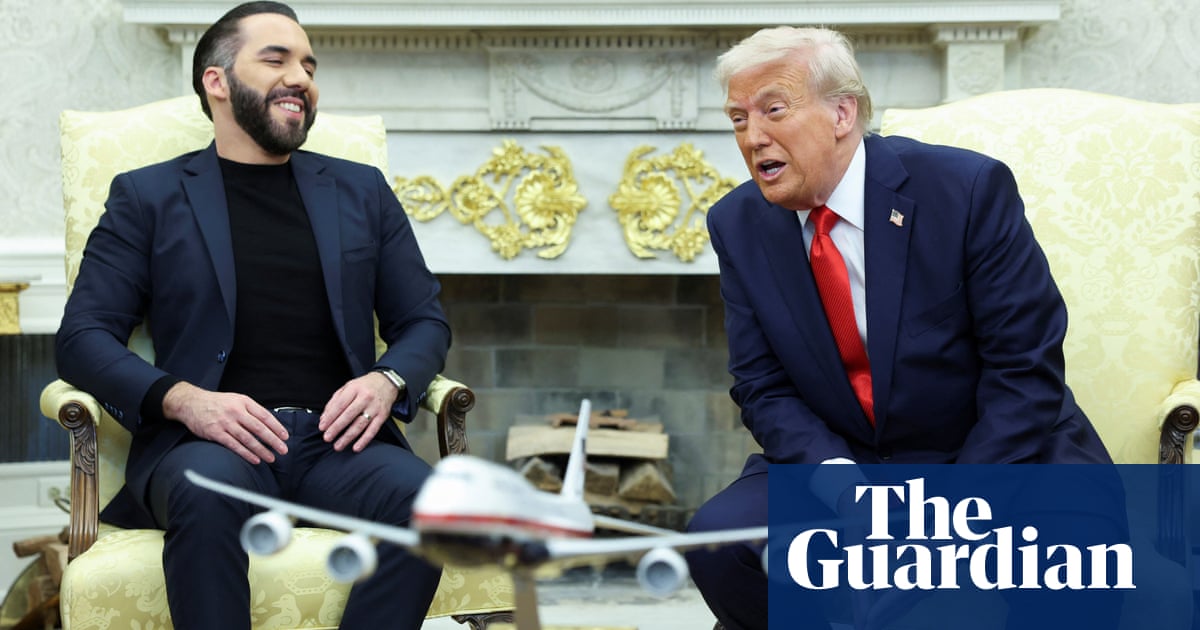The container ship was halfway across the Atlantic when Donald Trump levied tariffs on steel and aluminium imports to the US from most countries during his first term in office.
At the stroke of a pen on a US presidential executive order about £100,000 was added to the cost of one of the shipments on board, from the UK advanced materials manufacturer Goodfellow, destined for a US customer.
This time the Cambridge-based company – which supplies scientific materials including metals, alloys and polymers for research – and its customers remembered the sting of experience. Several clients got in touch trying to get ahead of Trump’s threatened second-term tariffs.
“We had conversations with people about whether [orders] could be sped up to pull them forward, which is not necessarily an option because of lead times and manufacturing times,” says Andrew Watson, chief financial officer at Goodfellow.
Similar conversations will undoubtedly have taken place at companies around the globe in recent weeks, as suppliers scrambled to move goods to the US ahead of Trump’s much-trailed “liberation day” announcement, trying to dodge higher costs and protect their margins.
The dust is settling on a week of market turmoil, and despite the White House decision to pause additional tariffs for countries other than China for 90 days, the established global trading order has been thrown into disarray.
Supply chain specialists are concerned that complex international trade networks built over decades risk being ripped up, as companies set about the complicated task of working out if they can source their products from different countries.
The scale of the tariffs surprised many, prompting manufacturers of goods from car parts to chocolate to shift more stock or re-route products, sending the cost of short-term shipping contracts and air freight higher.

The Swiss chocolate-maker Lindt & Sprüngli was just one company that sent extra stock to Canada from its US factory to avoid retaliatory Canadian tariffs on US imports imposed in response to Trump’s levies on its neighbour. Lindt said in March it had shipped more goods from New Hampshire, from where it supplies most of the North American market. A spokesperson for Lindt said it was currently “evaluating our global sourcing strategy for Canada to safeguard supply”.
The cost of shipping goods from east Asia to the US on short-term contracts jumped at the start of the month, just ahead of “tariff day”.
“The huge amount of uncertainty always brings around opportunities for carriers to take advantage of an unfortunate situation for anyone working maritime supply chains and that is often by hiking rates,” says Peter Sand, chief analyst at the shipping analytics firm Xeneta.
The average spot shipping rates between China and the east coast of the US climbed on 1 April by 9% to $322 for a 40-ft equivalent unit (FEU), a standard shipping container, while they rose by 16% to $383/FEU to the west coast, according to figures from Xeneta.
The cost of short-term contracts to send air freight from Vietnam to the US jumped by 8% in the first week of April, the data provider found, and spot air cargo rates from China to the US rose by 5%.
In the short term, spot shipping rates are expected to remain volatile, and ports will be planning for congestion.
However, further ahead, shipping analysts predict a slump in demand for trade between the world’s two largest economies, as the US and China remain locked in an ever-escalating trade war of increasing tariff rates, which is expected to push longer-term shipping rates down.
Trump’s 25% levies on steel, aluminium and cars are not included in the 90-day tariff delay, prompting several companies to pause shipments.
Jaguar Land Rover, one of Britain’s biggest carmakers, and Germany’s Audi are among those who have temporarily stopped exports to the US.
Such decisions are already having knock-on effects on ports which handle large volumes of autos.
Cars have been stacking up at Bremerhaven, on Germany’s North Sea coast, one of the world’s largest vehicle handling ports, processing about 1.5m vehicles a year.
The port’s owner, BLG, said it was experiencing “a slight increase in export stock” at the terminal, but insisted it still had free space and could store a total of 82,000 vehicles at the port and a new inland facility.
BLG said car manufacturers and shipping companies were currently “deciding at short notice which vehicles will be booked on to the ships bound for the USA”.
The introduction of tariffs comes at a particularly tricky time for many US importers, which traditionally finalise annual long-term shipping contracts with carriers in March and April, to come into force on 1 May. Such contracts are particularly critical for those importing large quantities of goods who need reliable and affordable transport.
“The timing couldn’t be any worse,” says Sand. “Many are holding back if they can and relying more on the spot market, avoiding locking themselves into contracts for volumes on trade lanes that may not be profitable to them a week or a month from now.”
US companies that import from China will undoubtedly be looking at alternative places to source their goods. However, supply chain experts warn it can take years to set up a network of supply chains, and it is not simply a question of finding a different producer.
Businesses are “trying to understand the ramifications of how to manage their supply chain,” says Marco Forgione, director general at the Chartered Institute of Export & International Trade. “The medium-term strategy to try and reduce exposure to the US market and grow other markets, and that trade diversion is going to happen massively.”
Trade diversion is a concern for other countries, notably the EU. Europe has been warned that if it does not act swiftly to tighten its own trade barriers, it could become the dumping ground for surplus Chinese production.
Indeed, the port of Antwerp-Bruges in Belgium has been battling for several months with huge volumes of arrivals of Chinese-made electric vehicles, even before the latest wave of tariffs.
“The UK, and others, will need to strengthen their guard against an increased focus from Chinese suppliers who have to dispose of product originally intended for the US market,” says Ian Worth, customs director at accountancy firm Crowe.
While product dumping could lower prices for consumers in the short-term, it could also “further knock the UK’s manufacturing industry and jeopardise any efforts to onshore manufacturing,” Worth adds.
In addition, yet another challenge is steaming into view on the horizon, threatening to disrupt global trade flows further.
The Office of the US Trade Representative (USTR) has proposed imposing costly port fees – of about $1m for each port call – on Chinese-built ships, in a bid to revive the US’s shipbuilding industry, at a time when Chinese-made ships constitute most of the fleets of the world’s 10 largest shipping carriers.
The proposals met with significant backlash, as shipping companies and trade groups warned the fees would hurt US farm exports, increase prices for American consumers and threaten the jobs of US dockworkers if vessels called at fewer ports in response. Ships from Asia call on average at four US ports.
The USTR has reportedly said it was reconsidering the port fee proposals, with more information on its plans expected in the coming week, ahead of the Easter break.
In the meantime, the only constant for global trading businesses is uncertainty.

.png) 1 day ago
8
1 day ago
8













































